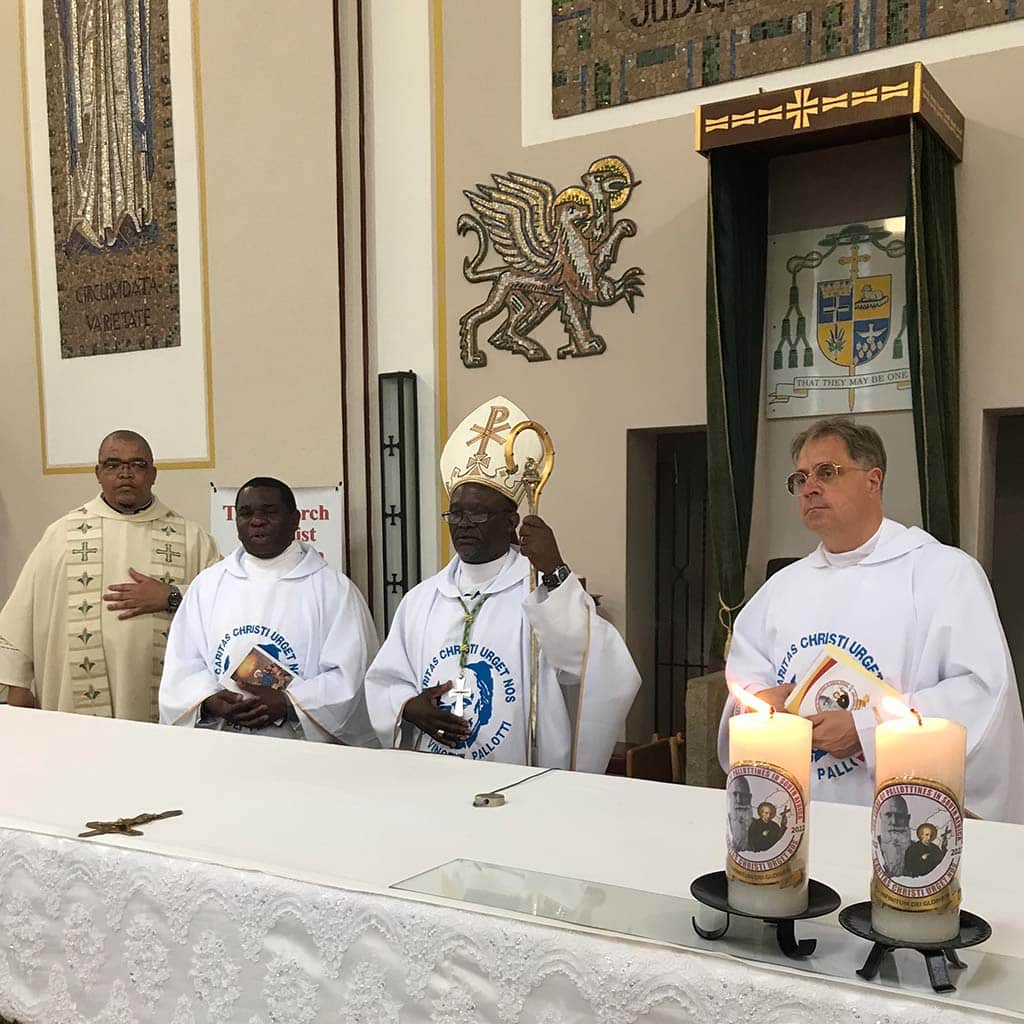Hidden possibilities worked out
Anniversary: It’s been 100 years since the Pallottines came to Africa
100 years ago the Pallottines came to South Africa. Even today, the Pallottine entity belongs to the Sacred Heart Province with Germany, Austria, Spain, Croatia, as well as Malawi, Nigeria and South Africa. Provincial Fr. Markus Hau SAC now recalled the beginnings on site.
107 names of deceased Pallottine Fathers who worked in South Africa are read out. Provincial, Fr Markus Hau, lights a large candle at the altar. The choir accompanies the scene with typical Xhosa singing, as is customary at a funeral. Impressive was the opening of the festive service in Queenstown Cathedral on November 26 for the jubilee “100 years of Pallottines in South Africa”.
Provincial Fr Hau began his homily by asking, “What did the brothers and Fathers see when they arrived in South Africa back then, in 1922?” And he referred to the Roman sculptor Michelangelo, who, when faced with blocks of marble, had said that the artist must perceive, on the one hand, reality and, on the other, the possibilities that lie hidden in it and that must be worked out. In a comparable way, he said, the confreres at that time developed a vision. “They saw the hidden beauty of another South Africa, which they worked to realize through the strength of faith. They wanted to be with the people,” Fr Hau said.
Pallottines turn to black population
P. Hau briefly touched on the history of the Pallottines who, after losing the mission in Cameroon to World War I, were assigned by the Vatican to build the dioceses of Oudtshoorn and Queenstown in South Africa. In September 1922, former Cameroon missionaries had landed in South Africa: Bishop Franz Hennemann, five Fathers, three brothers. More than a hundred Pallottines from Germany were to follow in the next decades. They established the dioceses of Oudtshoorn and Queenstown; in addition, there were branches in Cape Town and Merrivale (Diocese of Durban).
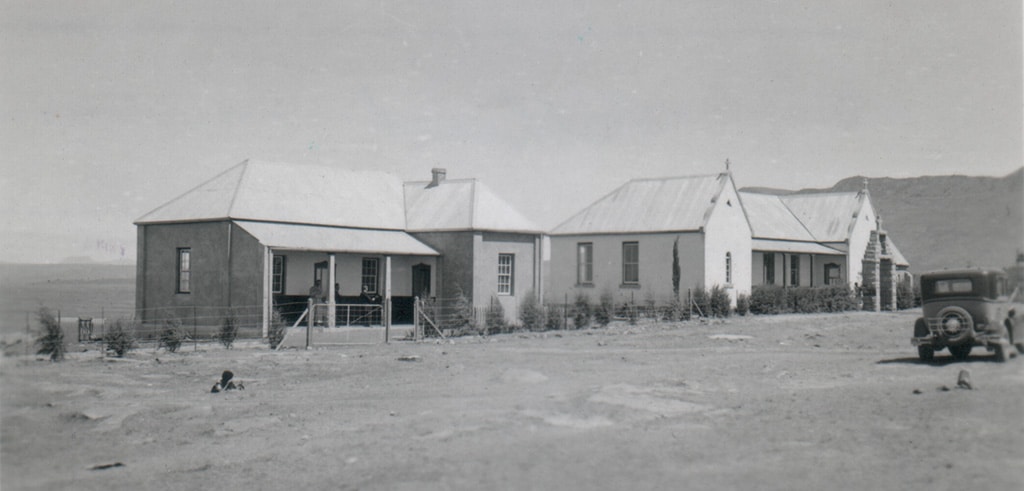
Although the conditions here were quite different, the former Cameroon missionaries approached the new task with great diligence. Unlike there, there was Catholic church and mission here. But it was predominantly white. So, they immediately turned to the black population and the colored.
Parishes were founded and built up. A hospital, schools, wards and nurses’ homes were built. Without the help of the Pallottine Sisters and other communities of sisters, the fathers and brothers could not have done their work. Fr Hau also recalled the building of the education center in Lumku and the language center in McKay’s Nek. This also included the creation of “Pallotti Press.” Bible and liturgical texts were translated into the Xhosa language and printed, along with books of songs and prayers. Here Fathers August Skottnik and Arnold Fischer did great work; the latter published the first Xhosa/English dictionary.
The Provincial especially emphasized the achievement of the Pallottine brothers. As well-trained craftsmen, they built many churches and mission stations, not least the cathedrals in Oudtshoorn and Queenstown.
Two aspects were important to Fr. Hau in his homily. The confreres could and can only do their work in South Africa to the extent they do because they are supported from Germany. And he emphasized: “The brothers and fathers have not acquired and built anything for themselves, but for the local communities here, for the people.” In fact, in many places today there are no longer Pallottines working, but local priests and catechists.
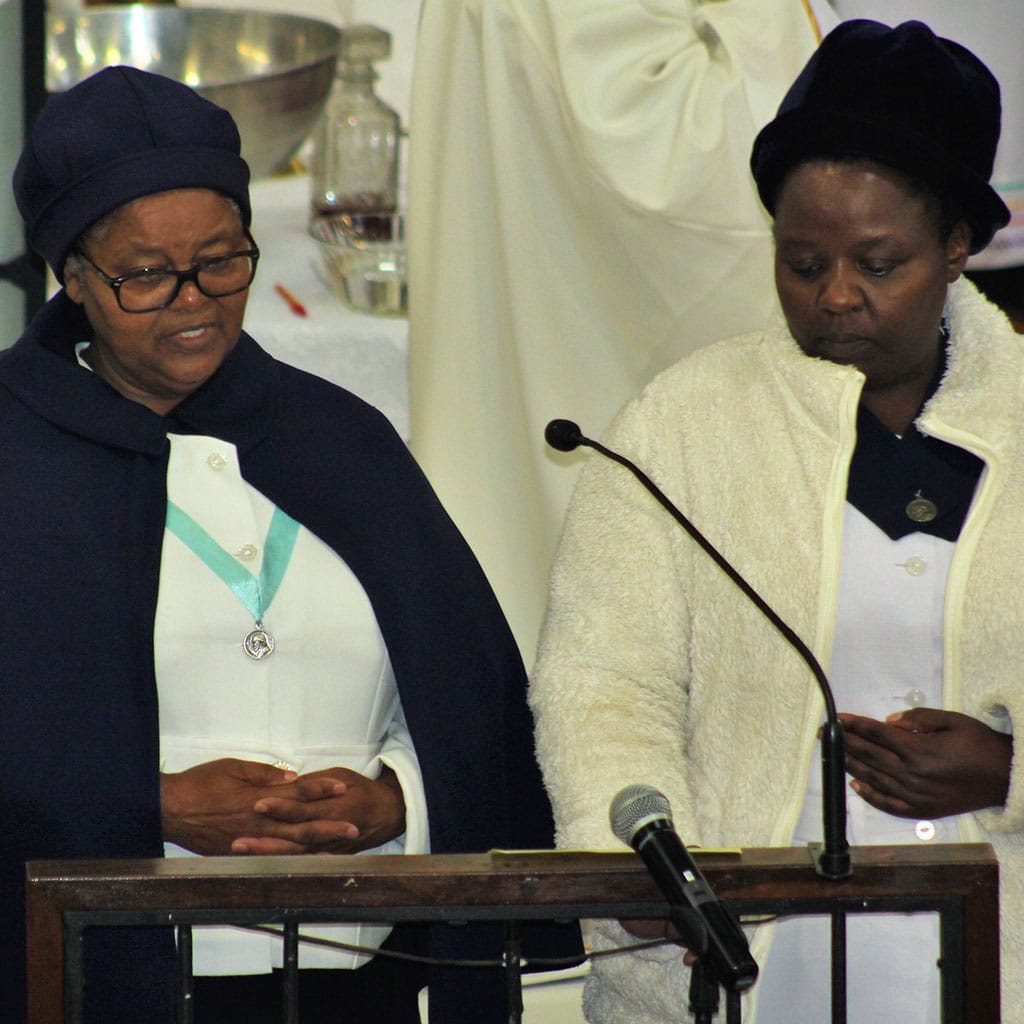
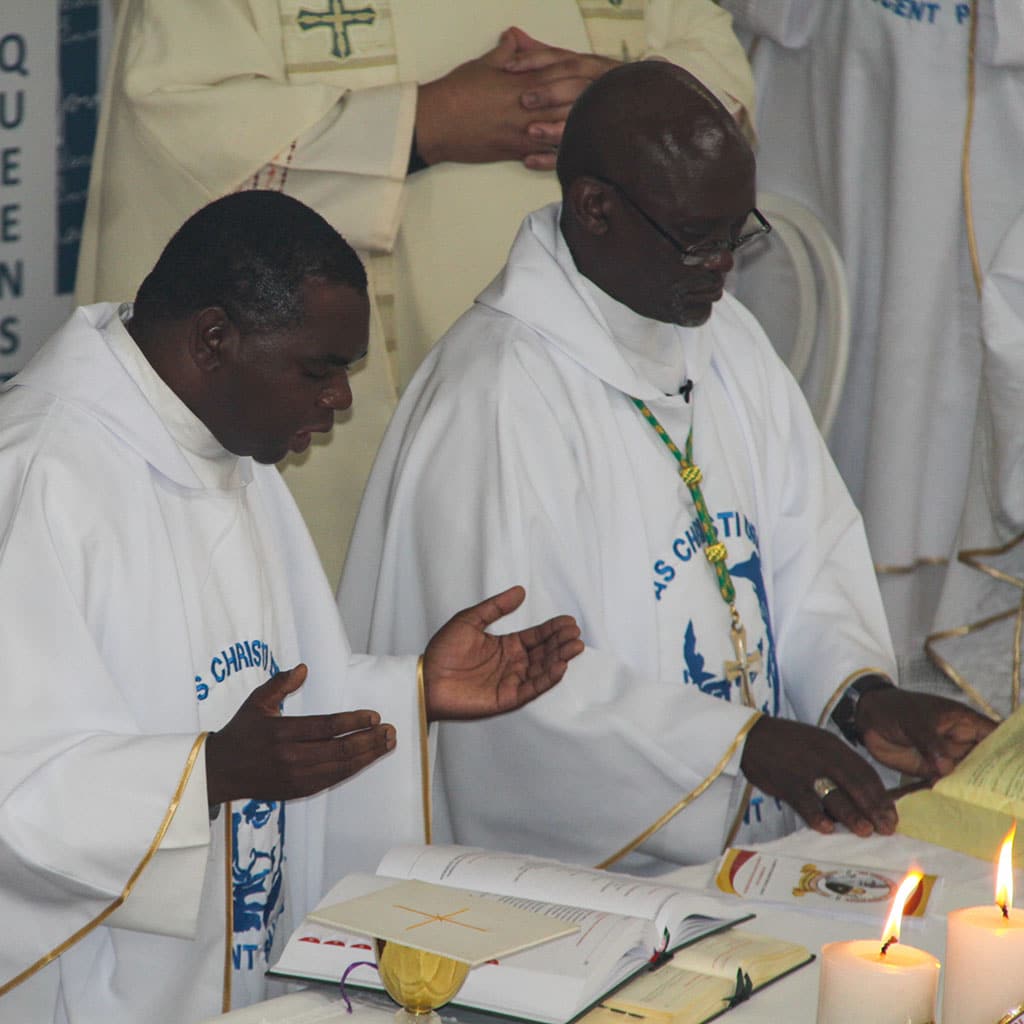
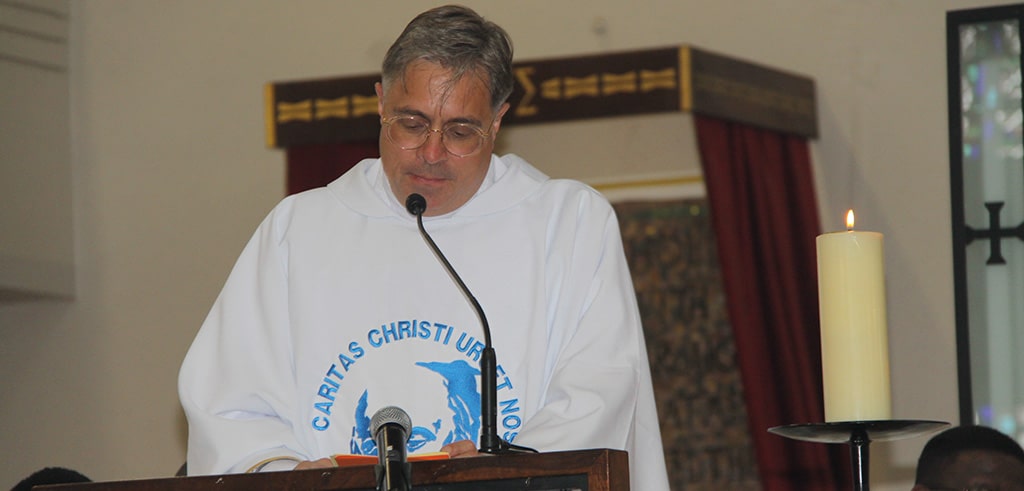
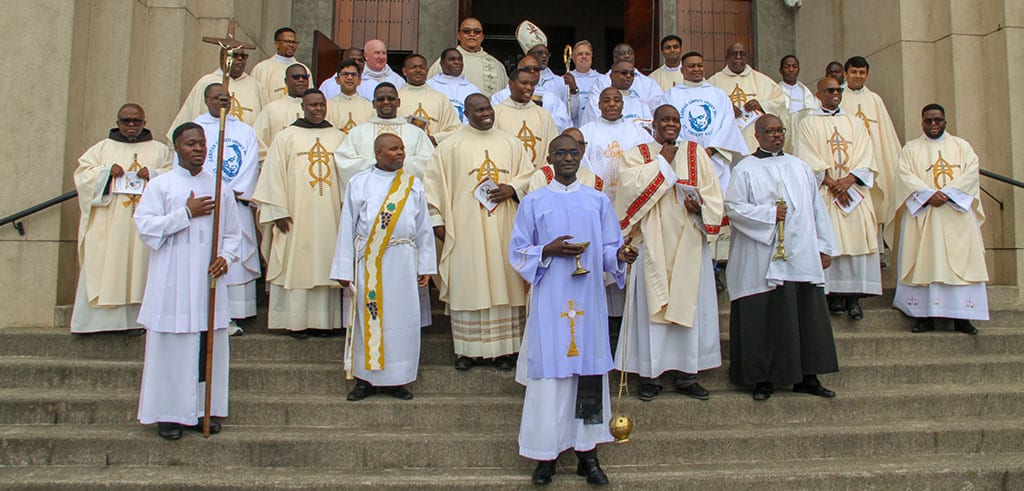
A Pallottine Bishop
The Diocese of Queenstown once again has a Pallottine Bishop. Bishop Sphiwo Paul Vanqa presided at the festive service on November 26. He deliberately used the miter and staff of Bishop John Rosenthal (1903-1975), who built the cathedral in 1955. Bishop Vanqa, who had completed his novitiate in Untermerzbach from 1980 to 1982, then studied in Cedara and Rome, was ordained priest in 1986, worked in various parishes and as an instructor in Merrivale, at the end of the service thanked his confreres for building up the Church in his country and the many benefactors from Germany who had always generously supported “their missionaries”. Many names were and remain unforgotten.
After the three-hour festive service, the superior of the Pallottines in South Africa, Fr. Michael Ndau, invited everyone to a meal in the large parish hall next to the cathedral, which had been well organized by the women of the “St. Vincent Pallotti Group”. Typical South Africa: Before the meal, young people from the parish of Cofinvaba performed a dance consisting of a mixture of tradition and modernity.
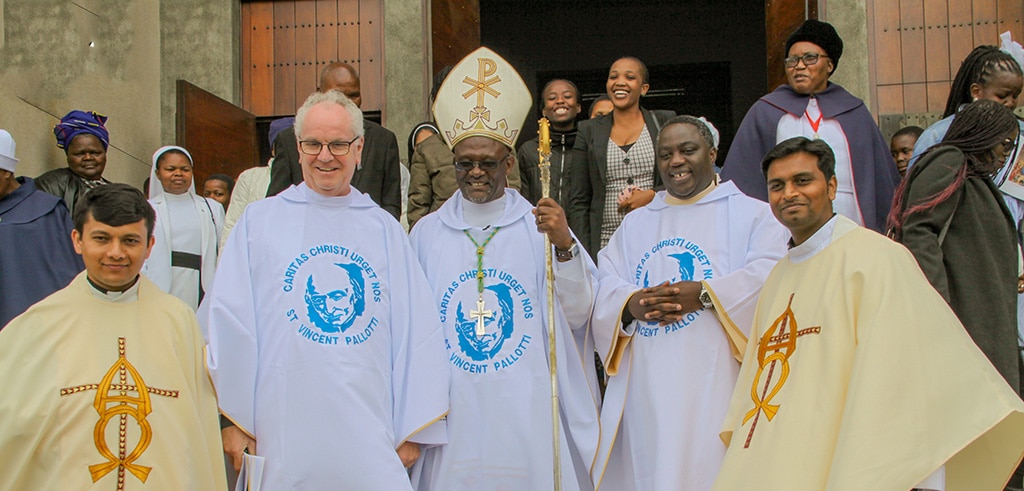
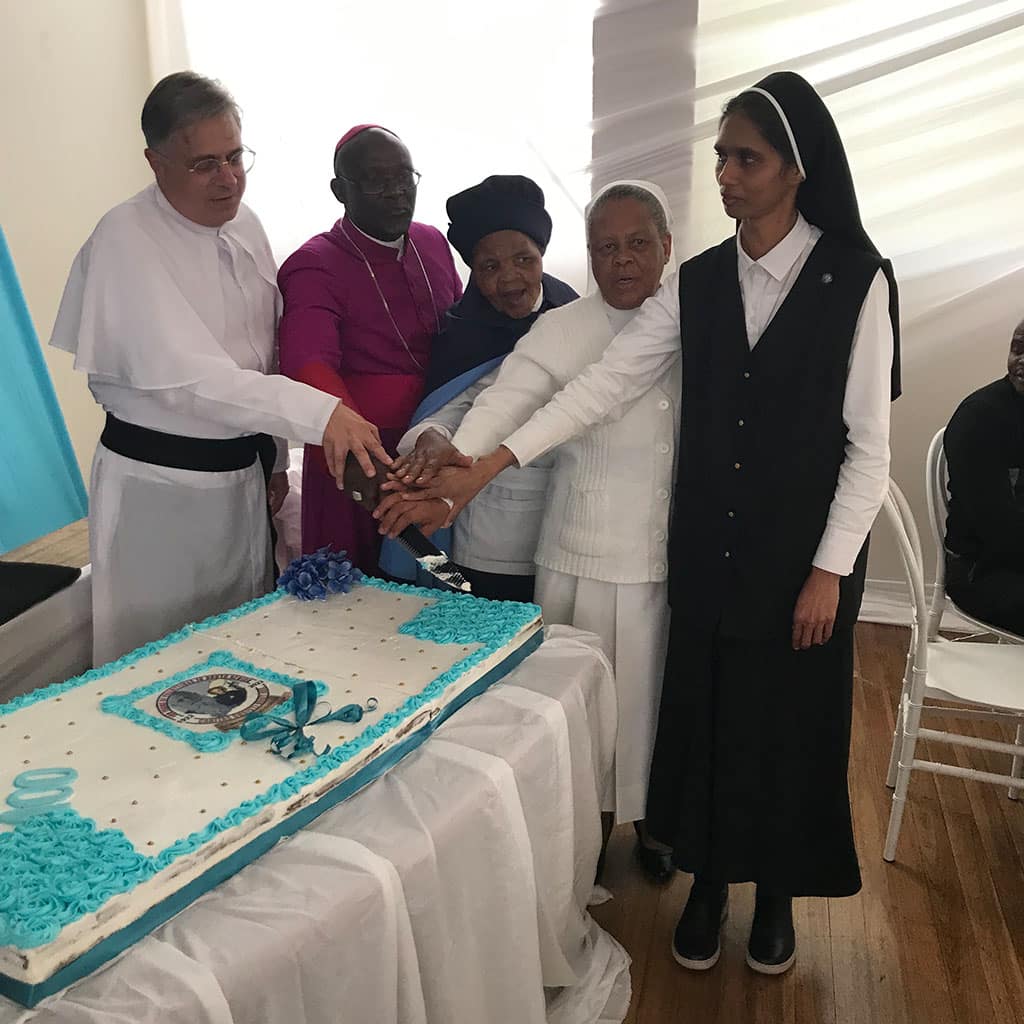
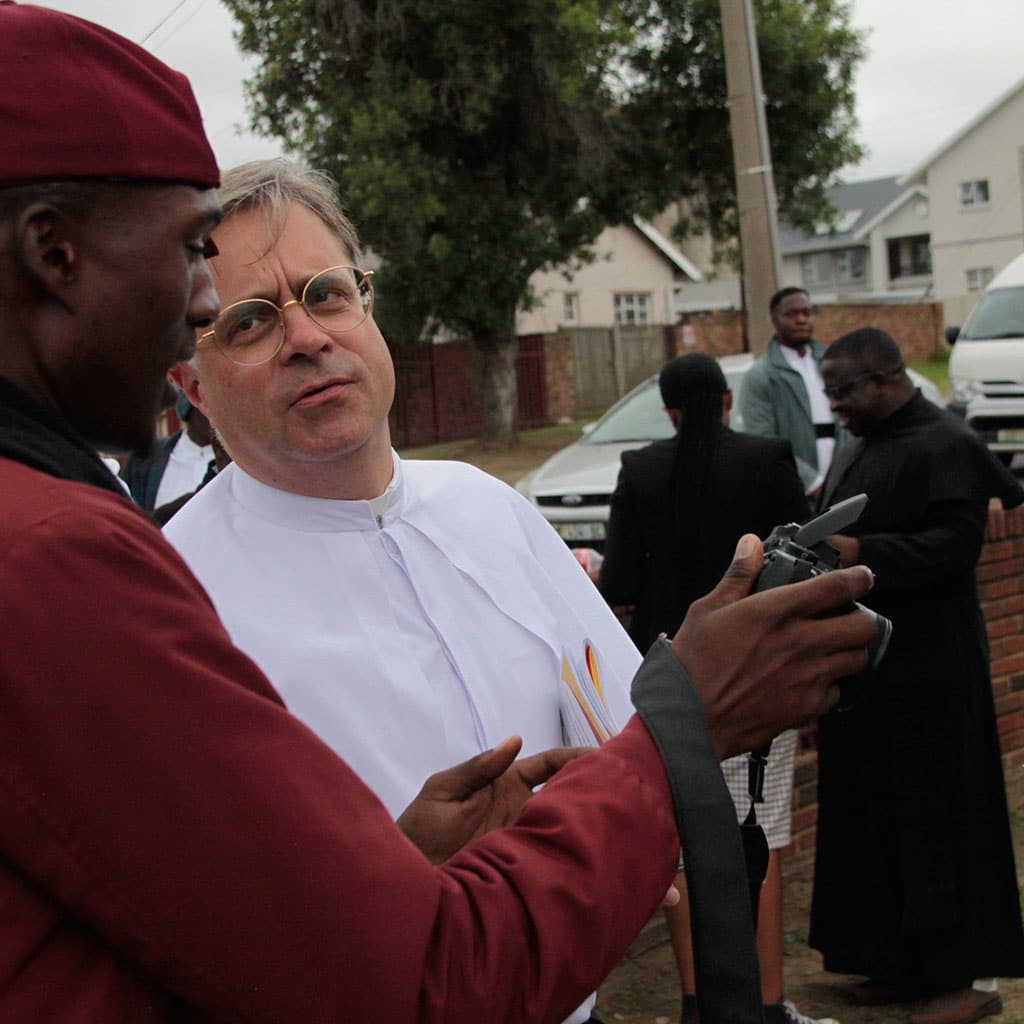
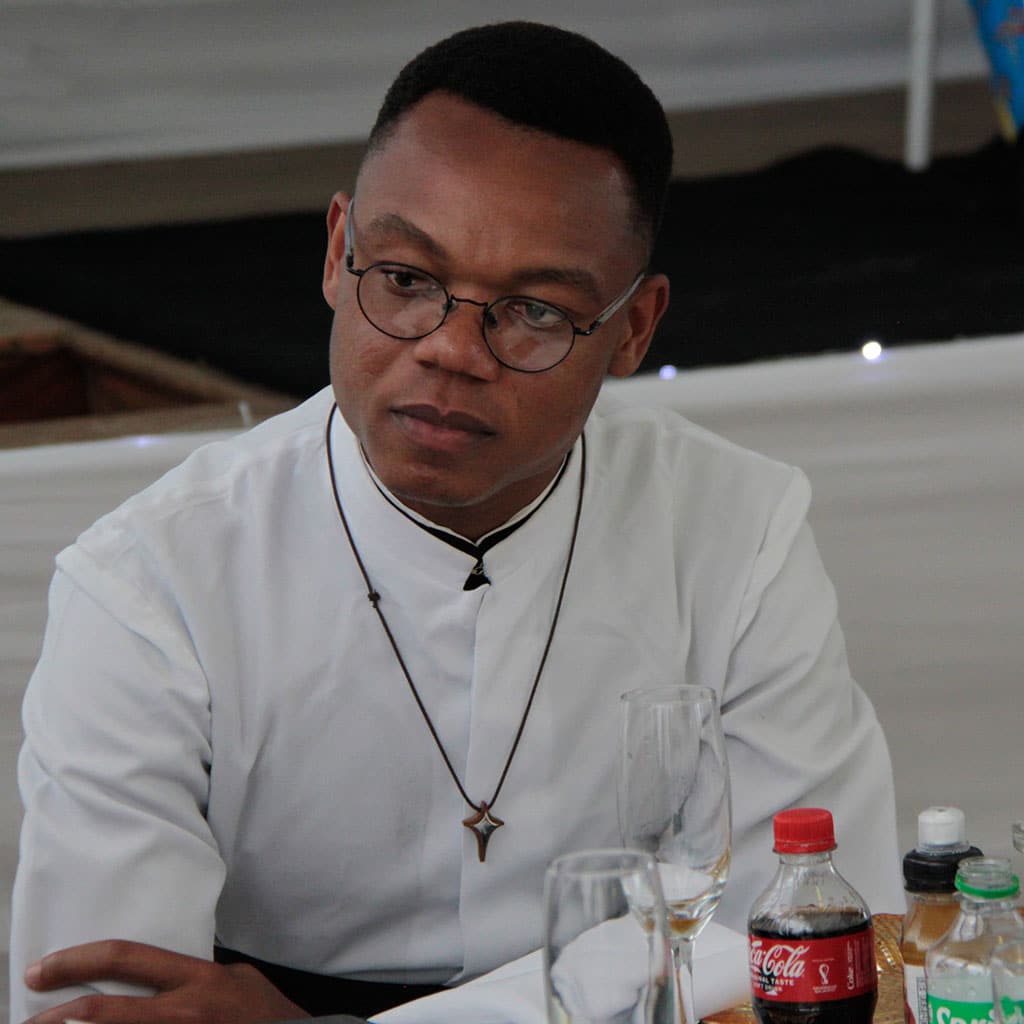
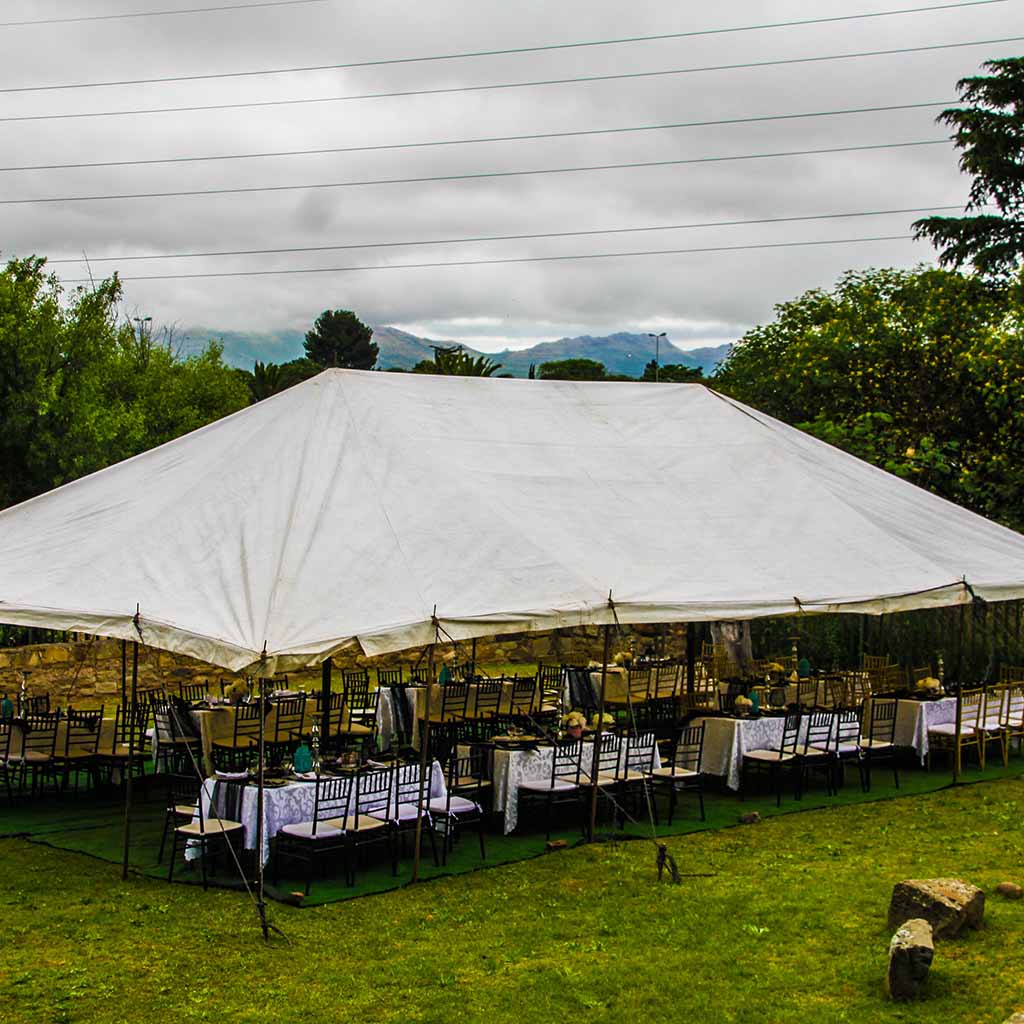
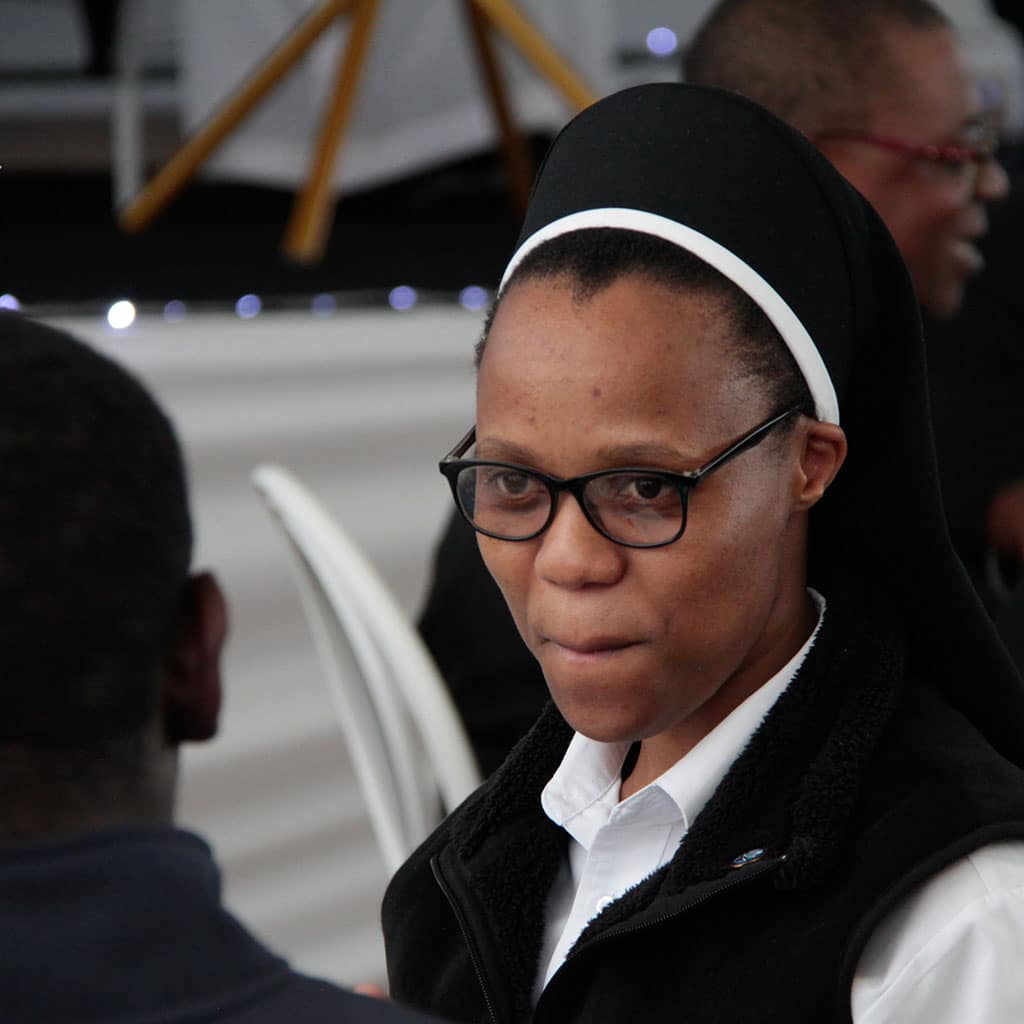

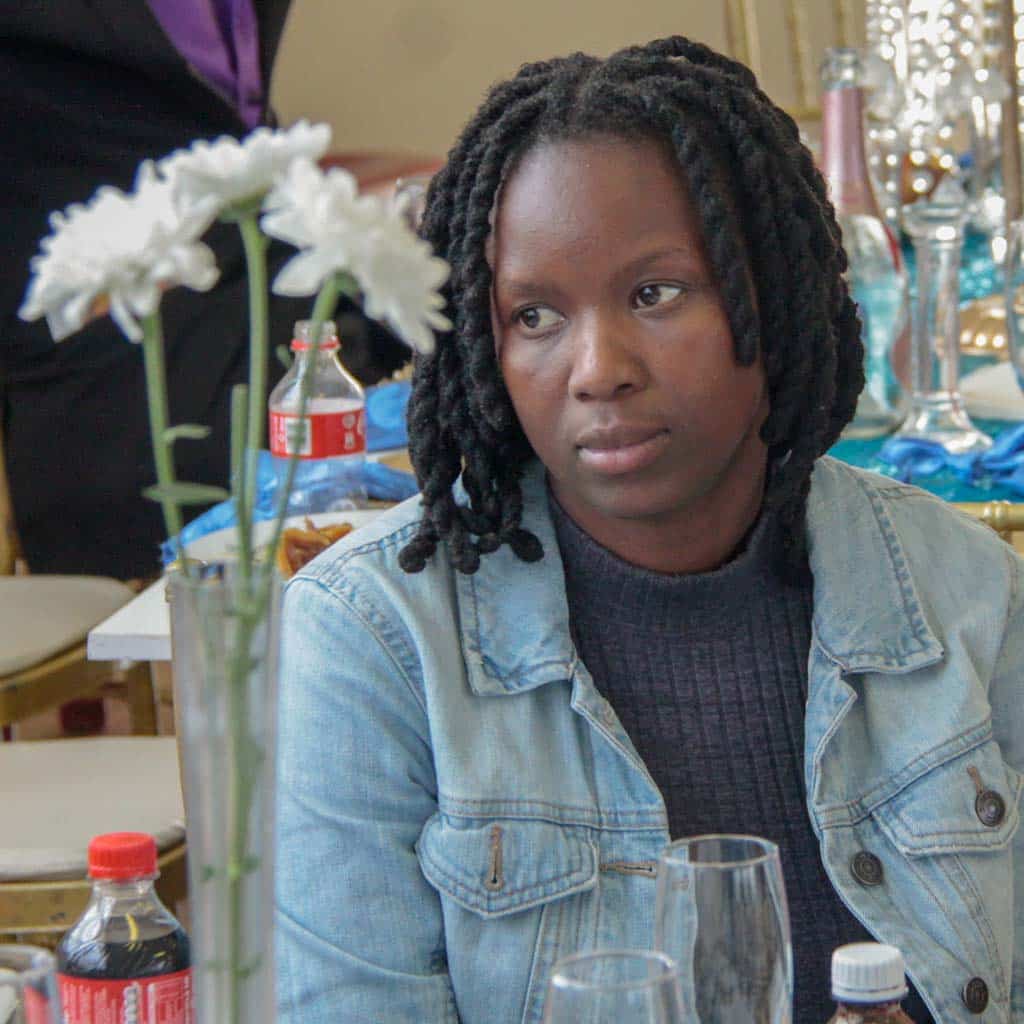

Delegature assembly right before the Jubilee
The annual delegature assembly of the South African confreres with the Provincial took place at Pallotti Farm before the Jubilee Day. In addition to the 23 fathers and brothers who come from South Africa, Malawi, Nigeria and Cameroon, the 25 students from Merrivale were also present. In addition, five new postulants, three from South Africa, two from Lesotho. “A wonderful gift for the Jubilee,” as Fr Hau pointed out several times. At the meeting, he had pointed out to the confreres their responsibility, after the time of the Pallottines from Germany, to now continue their journey “with the people,” looking closely at “what is and what is possible.” The Provincial is convinced that Pallottine life will continue well with this international group of confreres in South Africa.
The Jubilee program also included visits to the graves of deceased confreres, most recently Fr. John Barry Reabow (1938 – 2022), or even the first black Pallottine from South Africa, Fr. Dominic Nxala (1942 – 1997). On Pallotti farm there is also a memorial garden with plaques naming all the confreres who once worked in the country, whether they are buried there or in Germany.
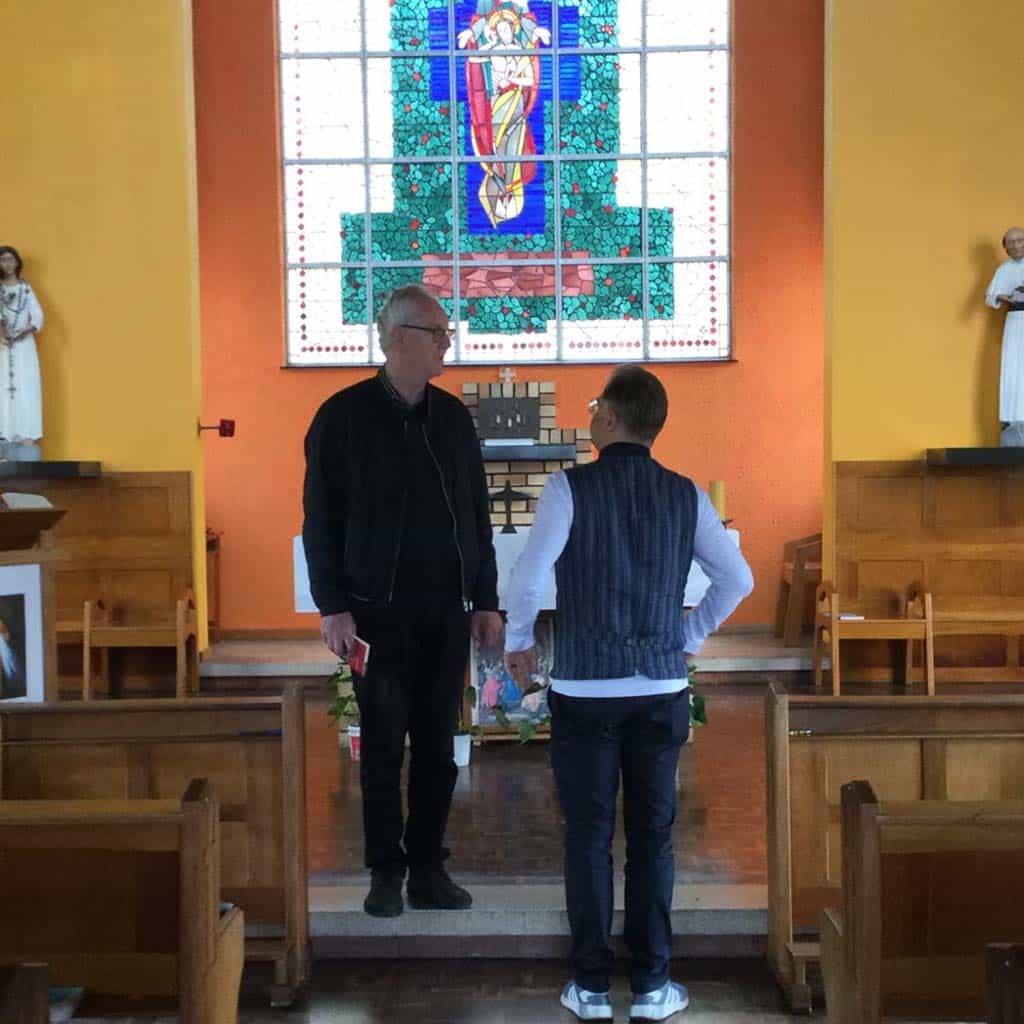
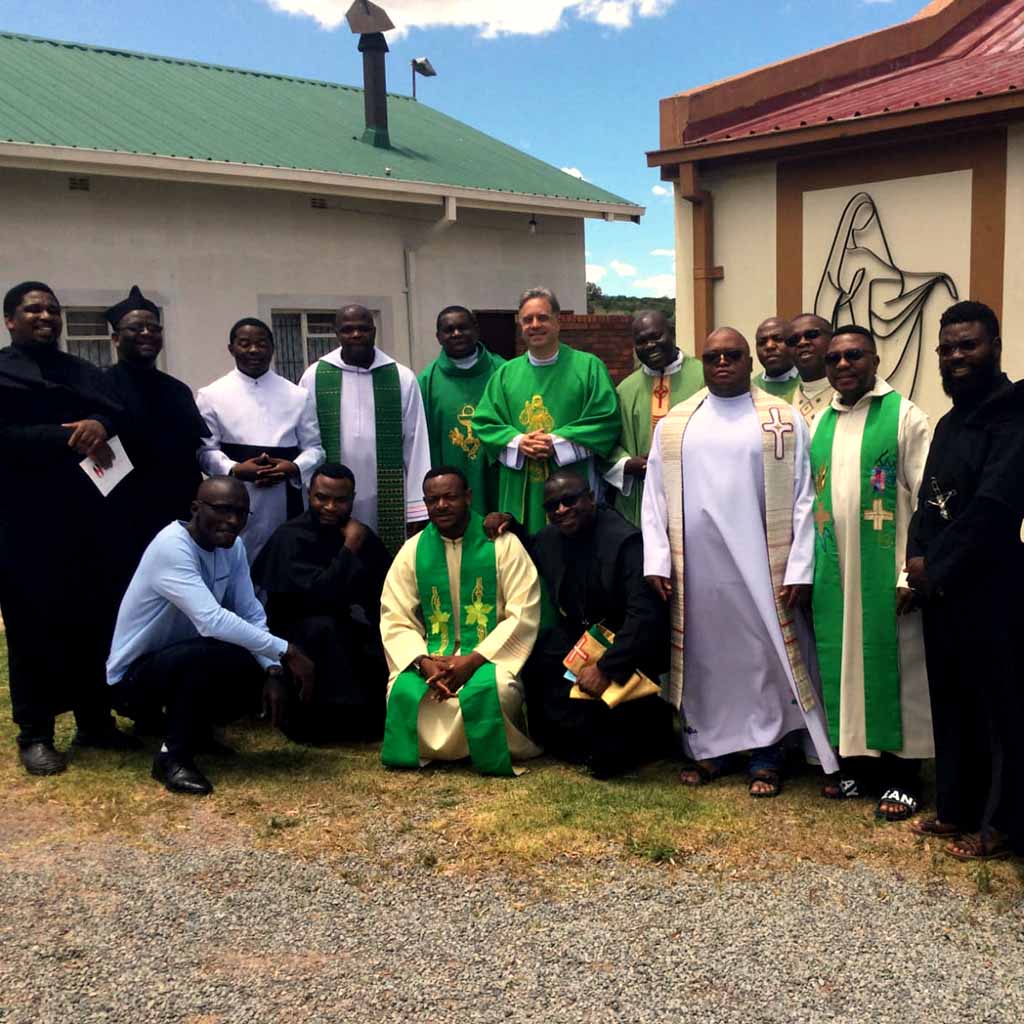
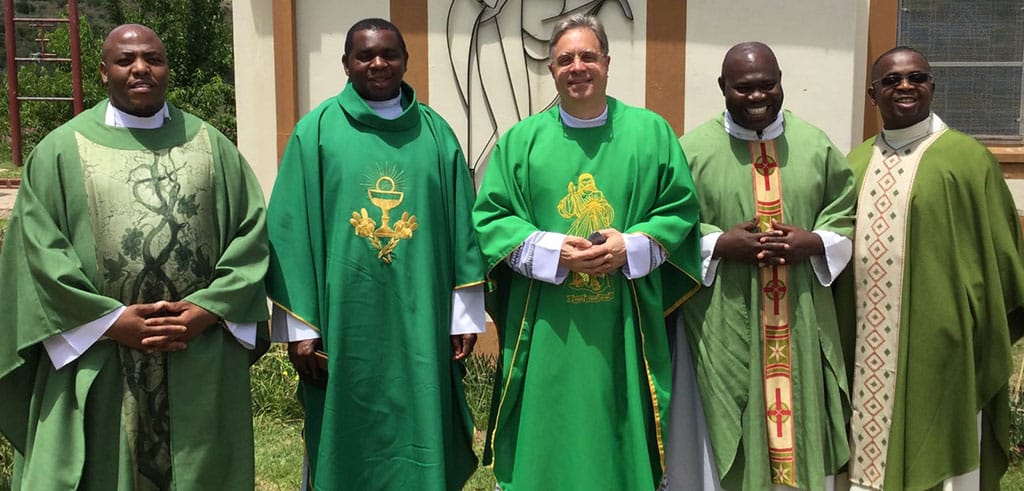
Report: Fr. Alexander Holzbach
Images: Fr. Michael Ndau, Fr. Alexander Holzbach, Pallottines South Africa, Archive of the Pallottine Fathers
Translation: Steffi Wolf
Recommended


